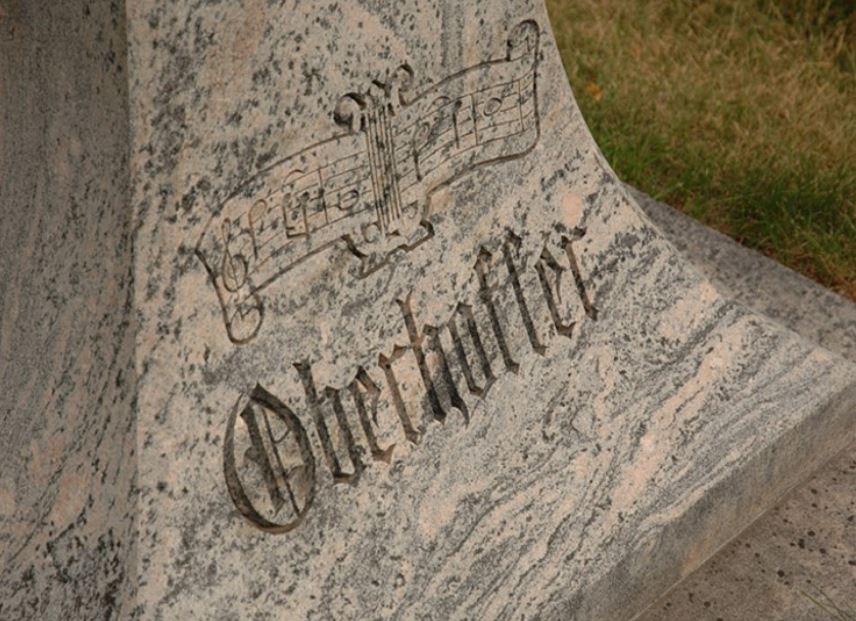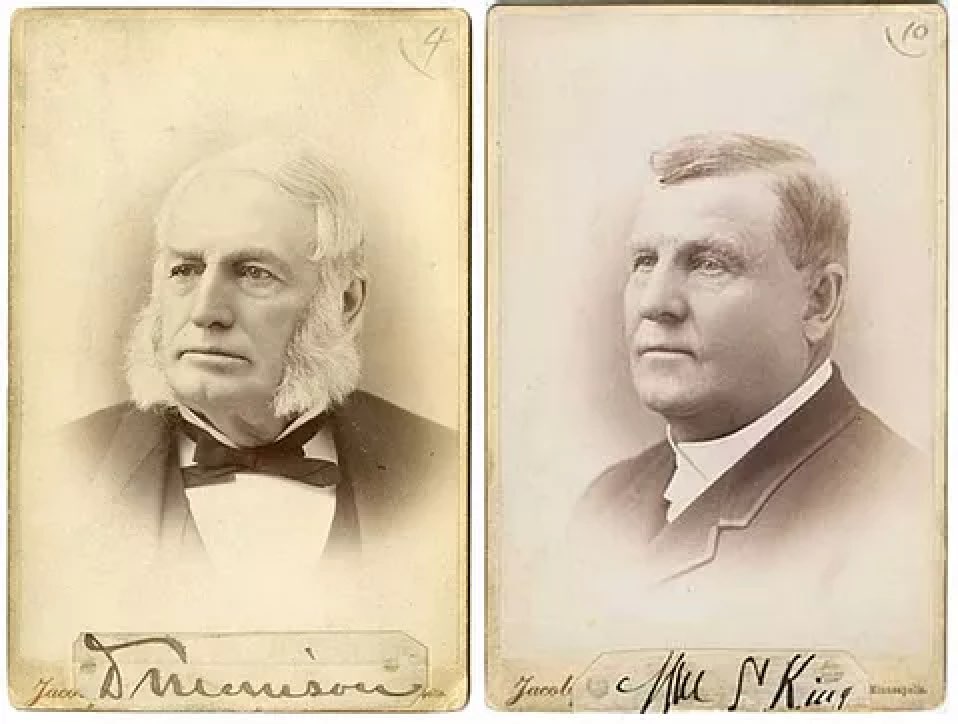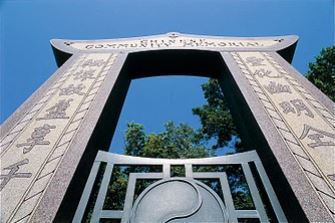In 1829, more than 40 years before Lakewood Cemetery was founded, a Dakota Chief named Mahpiya Wicasta (Cloud Man), member of the Black Dog band of Dakota, established a small agricultural community on the east side of Bde Maka Ska. His purpose was to try the “white man’s way” of farming.
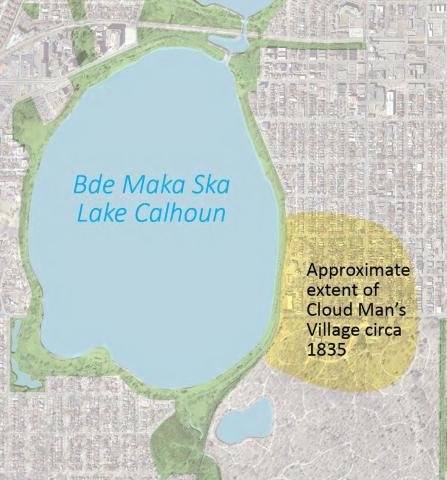
Map of Heyate Otunwe, a small agricultural village on the east side of Bde Maka Ska.
Source: Healing Minnesota Stories
It wasn’t an easy decision for this leader. For centuries the Dakota people had lived as hunters and gatherers. They traveled and harvested food through the year, gathering berries, fruits and root vegetables such as wild turnips. They fished in summer and hunted in fall and winter, sometimes ranging far from their villages. Some members of the community did plant and harvest food in season, but their livelihood had always depended on the abundant resources of wild plants, game and fish.
Mahpiya Wicasta saw that living conditions for his people were changing. Fur traders competed with native hunters for game. The buffalo they depended on for meat and hides were declining, especially in the eastern regions of the Dakota homelands. Game was becoming a less reliable food source. Some corn was grown but little was stored for winter sustenance. If the resources of game and fish were scarce, the people were hungry.*
At this time, an Indian agent at Fort Snelling named Lawrence Taliaferro was assigned to work with the Dakota. Taliaferro began encouraging those at Black Dog Village, close to the Fort, to take up agriculture beside Bde Maka Ska. The southeastern end of the lake was then a marshy area, familiar as a place to harvest wild rice. Taliaferro’s task was not an easy one—to change a way of living centuries old. Although the villages did have gardens, in Dakota culture “it was the women who cultivated crops, not the men.”** The men had to be persuaded.
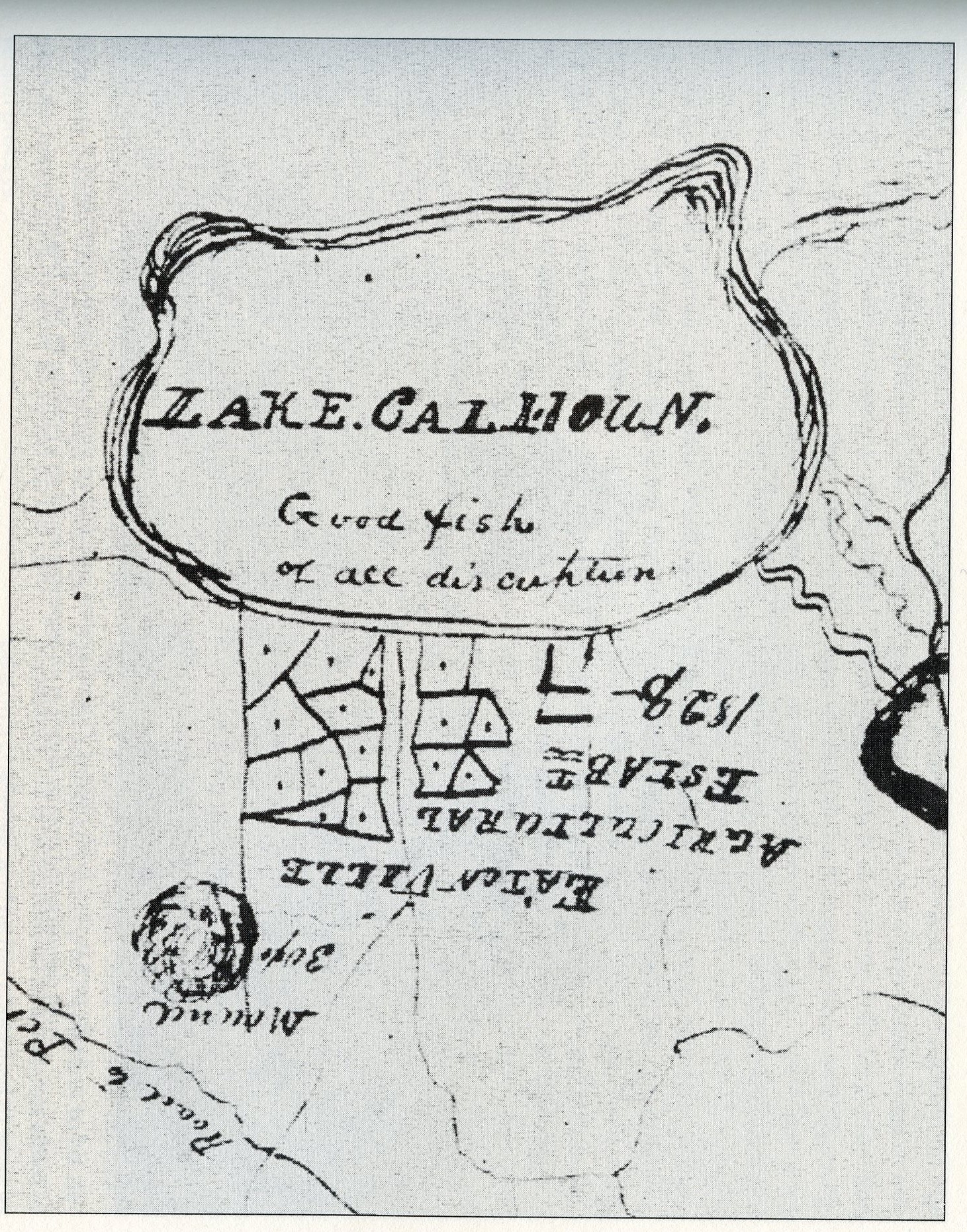
Taliaferro sketched a map of the village, showing the plots marked for farming. He named the Village Eatonville, in honor of John Eaton, secretary of war in the Andrew Jackson administration. Photo source: Historyapolis
Then Mahpiya Wicasta had an experience that changed his mind. This experience was later described by missionary Samuel Pond, who made an effort to learn and translate the Dakota language. He wrote that on a hunting trip on the plains near the Missouri River, Mahpiya Wicasta and other members of his party were overtaken by a sudden blizzard. The storm was so violent that the hunters lay down, each wrapped in his furs. Mahpiya Wicasta could not communicate with his companions and did not know whether they were dead or alive. They lay for three days and nights under the snow.
During this time, Mahpiya Wicasta thought about how Taliaferro had urged them to take up farming beside Bde Maka Ska. On returning home, the Chief persuaded a group of families to start the new village and focus on agriculture. They were given seed and farm tools by the U.S. government, and the little village, known as Heyate Otuŋwe (“the village at the side”), was formed in August 1829.
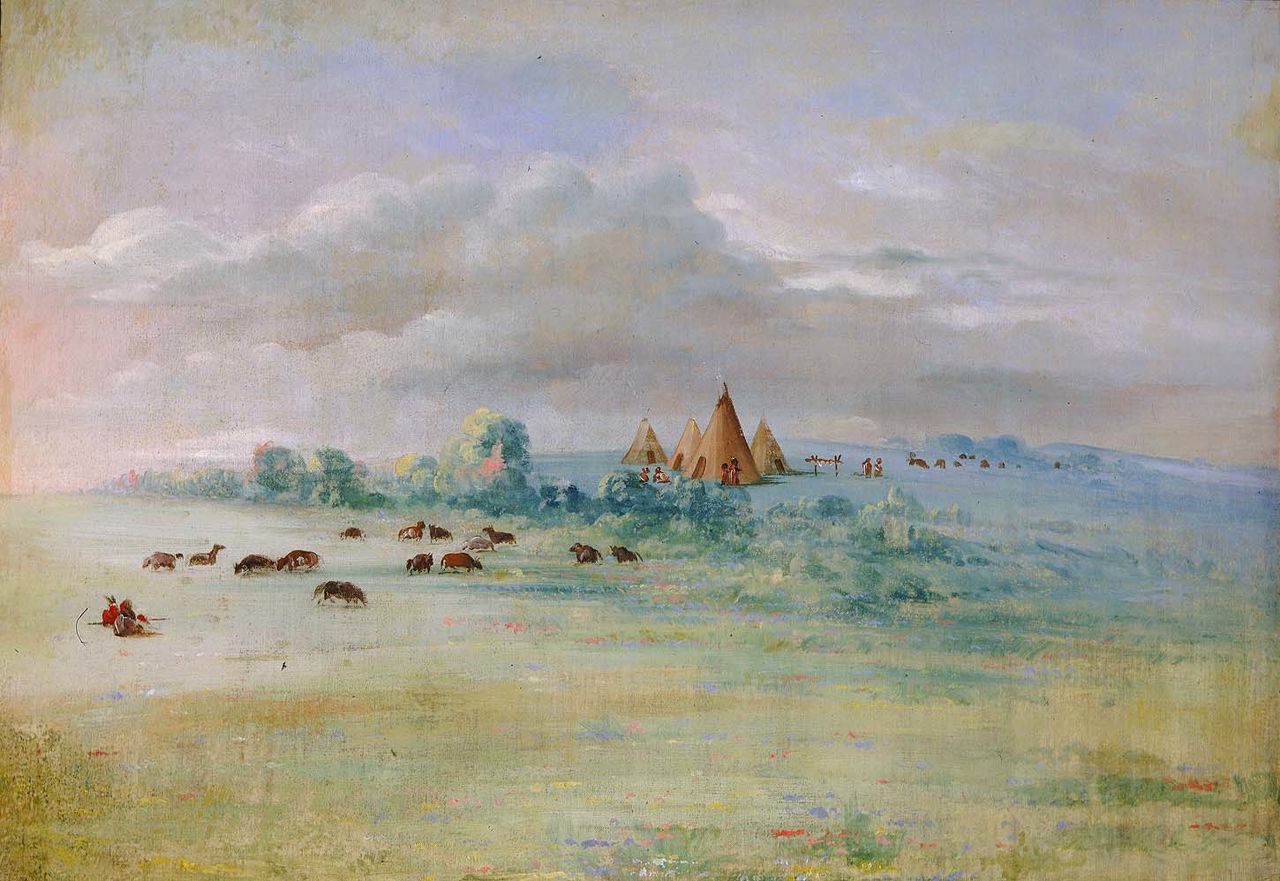
Ḣeyate Otuŋwe, painted by George Catlin between 1835–1836.
Source: Smithsonian American Art Museum
Taliaferro’s overall purpose was to convince the Dakota to take up the white man’s way of life. Five years later, he was joined by Samuel Pond, who with his brother Gideon arrived at Fort Snelling intending to convert the native people to Christianity. Taliaferro and Samuel Pond viewed Mahpiya Wicasta’s decision as a conversion to “the arts of civilized life.” They and others wanted the Dakota to become like them, dress like them, farm like them and adopt their religion. Taliaferro called the village “my little Colony of Sioux agriculturists” believing they were on a progressive path to assimilation into European ways.**
But Mahpiya Wicasta had a more practical view. The traditional ways of the Dakota were becoming more difficult to maintain and he was willing to try another way of self-sufficiency. “He did not intend to forsake his identity as a Dakota man; he was simply making an honest attempt to adapt to his surroundings, changing with the times as any human being, as well as any community, must do in order to live . . . Despite the fact that the people in this village embraced agriculture, Taliaferro was never able to convince them to stop being Dakota.”** For ten years, the members of the village farmed during the summer and continued to hunt, fish and gather crops as usual.
In 1839, Heyate Otunwe was abandoned following a conflict between the Ojibwe and Dakota nations. Some white settlers, and perhaps Taliaferro himself, thought it a “failed experiment.” But the village people continued to emphasize agriculture in their new location on the Minnesota River. From a Dakota point of view, it was not a failure because it ensured the survival of Mahpiya Wicasta’s people and his descendants. He saw people hungry and did what he needed to do—and for a period of time it worked.**
Mahpiya Wicasta died with many other Dakota in the concentration camp at Fort Snelling over the winter of 1862-63 after being captured during the U.S.-Dakota War of 1862. He is remembered by his descendants as a wise leader devoted to his people. Newcomers who had come to know him, such as Samuel Pond, wrote that he “was a man of superior discernment, and of great prudence and foresight.”
A work of public art has been installed on the shore of Bde Maka Ska at the site of Cloud Man’s Village. The work is a collaboration of three artists: Angela Two Stars, Mona Smith and Sandy Spieler. Fabrication was overseen by Chicago Avenue Fire Arts Center, with much of the on-site installation and welding done by Primitive Precision Metalcraft of Minneapolis. The material is Cor-ten steel, which will eventually weather to a velvety brown patina. The steel panels will incorporate images of plants likely present at Heyata Otunwe.
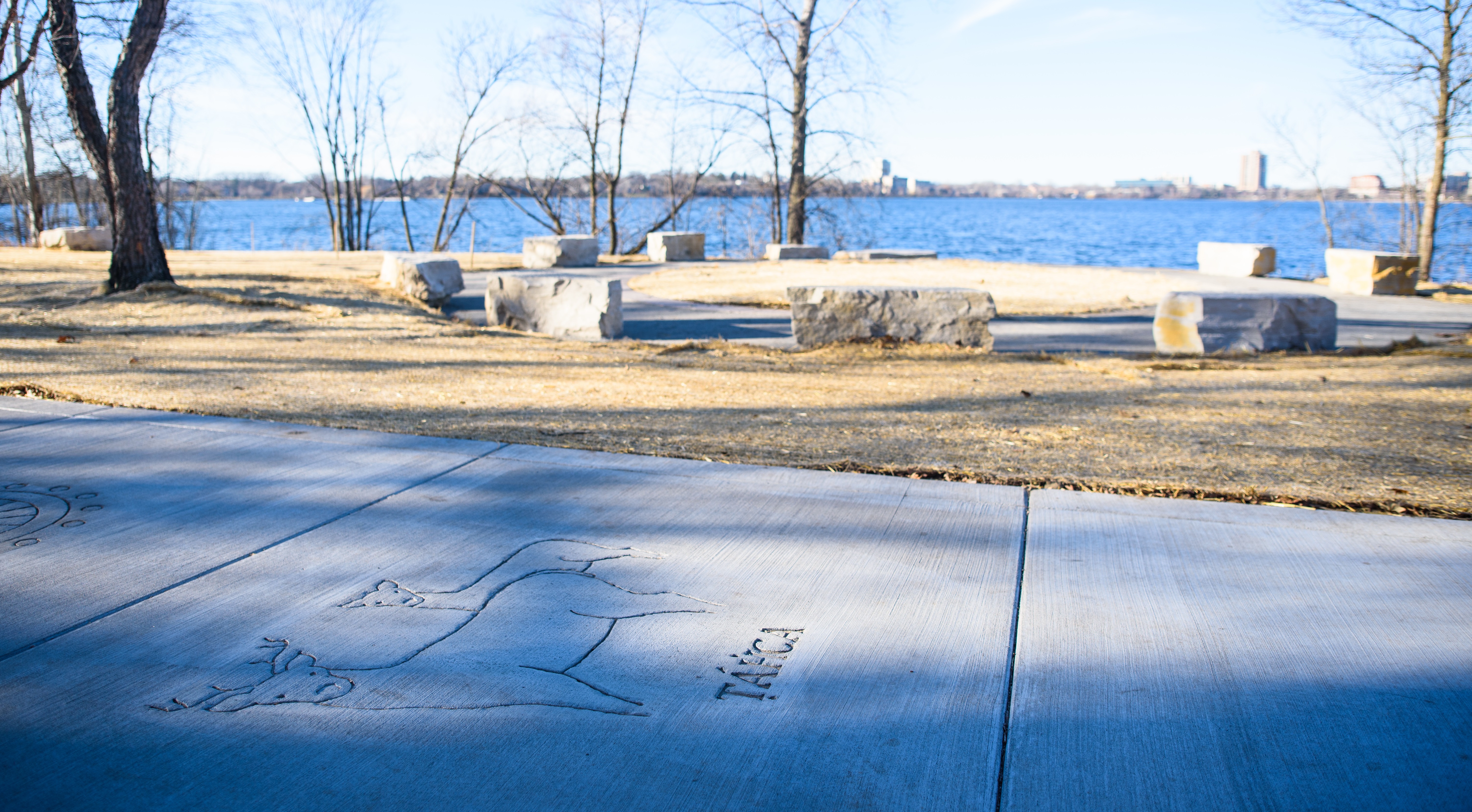
Bde Maka Ska public art project – sidewalk stamp and seating area.
Source: Minneapolis Parks and Recreation Board
The completed installation will include a concrete path with stamps of animals and plants native to the area, plus phrases from the Dakota language including an entrance stamp “Tanyan Uahi”—meaning “you are welcome here.”
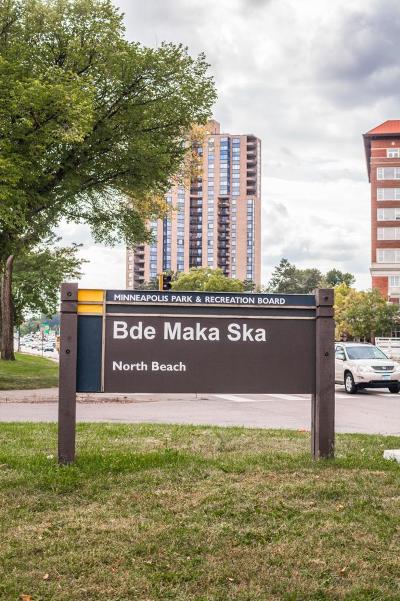
“Bde” means lake, “Maka” means earth, and “Ska” means white. The word order in the Dakota language is the opposite of that in English, so Bde Maka Ska translates as “White Earth Lake.”
*Gwen Westerman and Bruce White in “Mni Sota Makoce: The Land of the Dakota.” Minnesota Historical Society Press 2012.
** Katherine Beane, in “Mni Sota Makoce: The Land of the Dakota.”
Article sources:
Thanks to Katherine Beane, Gwen Westerman and Bruce White for information in the book “Mni Sota Makoce: The Land of the Dakota.”
